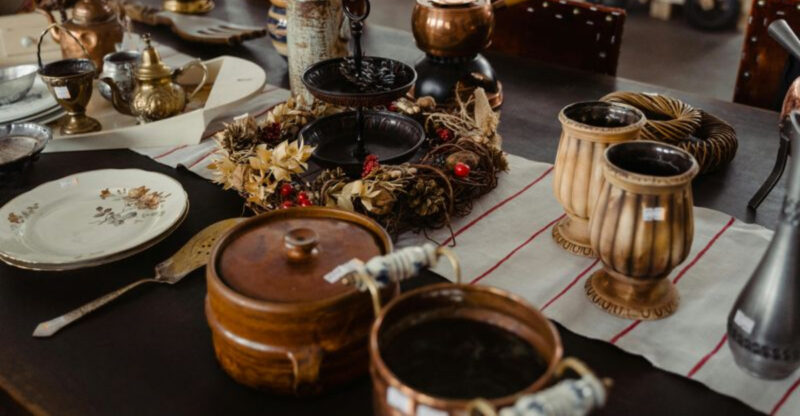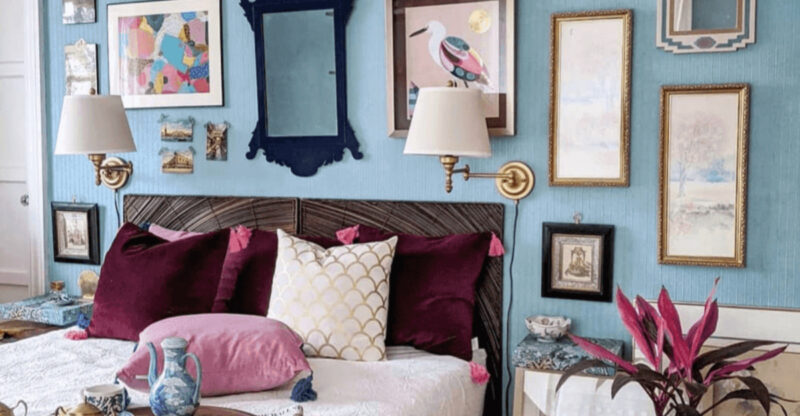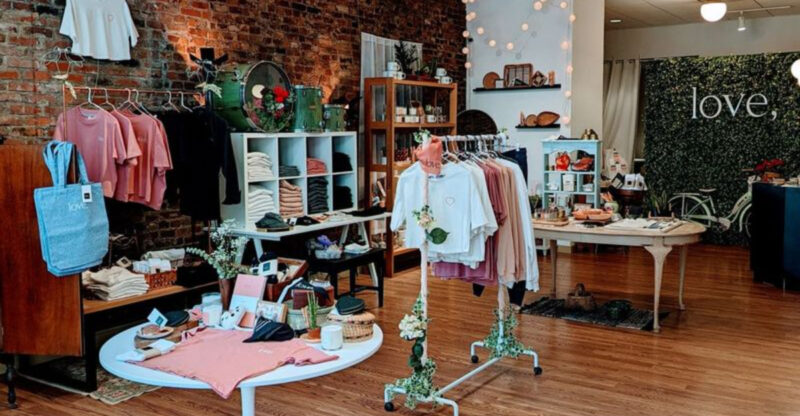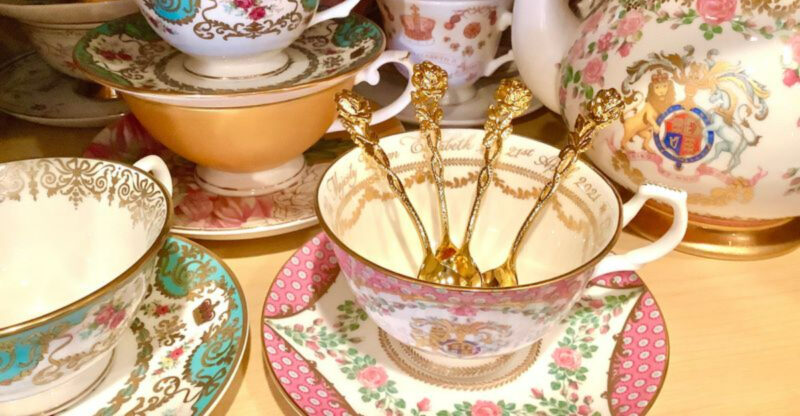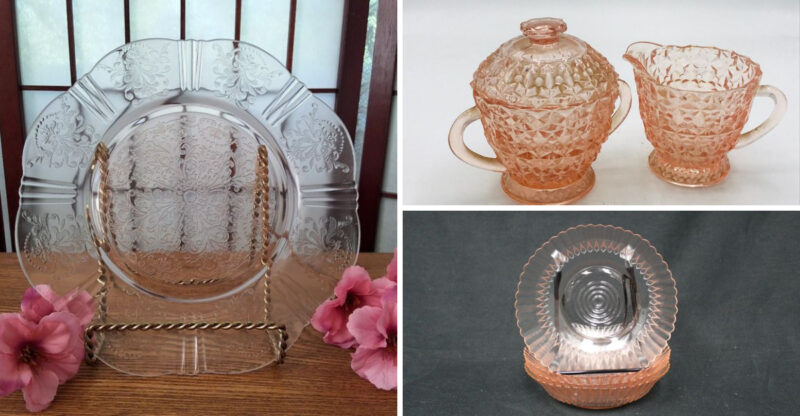Vintage Finds Highlighting Virginia Furniture Trends
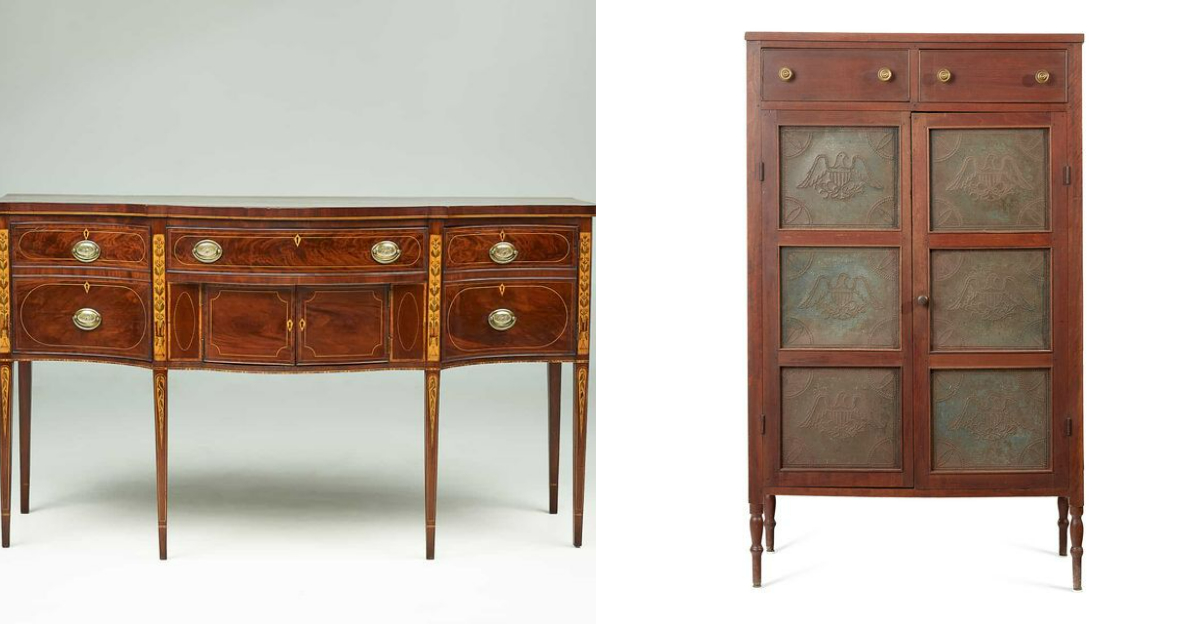
Walking through Virginia’s antique shops feels like stepping into a time machine of furniture history. From colonial masterpieces to mid-century gems, the Old Dominion state has a rich legacy of distinctive furniture styles that continue to influence modern designs.
These vintage treasures tell stories of craftsmanship, regional materials, and the changing tastes of Virginians through centuries.
1. Mid-Century Modern Ranch Treasures
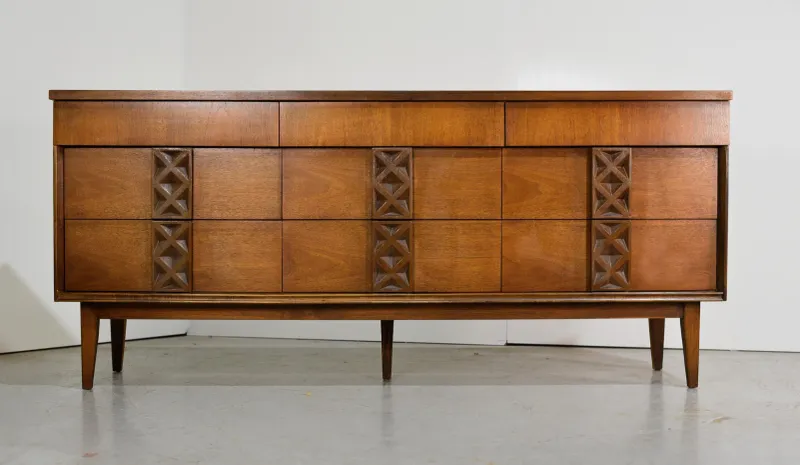
From 1950s suburbia comes Virginia’s newest collectible furniture trend. Ranch homes in Northern Virginia and Hampton Roads suburbs filled with sleek furniture perfectly suited to post-war optimism and casual living.
Local department stores like Miller & Rhoads and Thalhimers sold these pieces to young families furnishing their first homes. Virginia makers like Bassett and Lane created affordable versions of designer furniture that have survived remarkably well.
Keep an eye out for Lane cedar chests, Bassett bedroom sets, and locally-made dining tables with tapered legs and warm wood tones.
2. Chippendale-Style Writing Desks
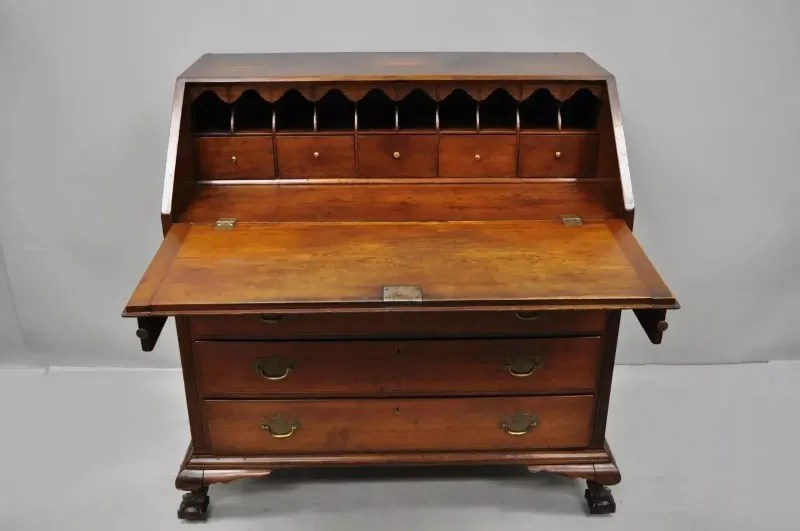
Among plantation libraries and merchants’ offices, these elaborate desks showcased the owner’s education and prosperity. Virginia’s Chippendale desks often feature ball-and-claw feet and intricate carved details that reveal the influence of British design books adapted to local tastes.
Secret compartments hidden throughout these desks protected important documents and valuables. Skilled cabinetmakers in Williamsburg and Fredericksburg became known for their distinctive regional interpretations of this fashionable style.
Even damaged examples remain valuable to collectors for their historical significance and craftsmanship.
3. Painted Corner Cupboards
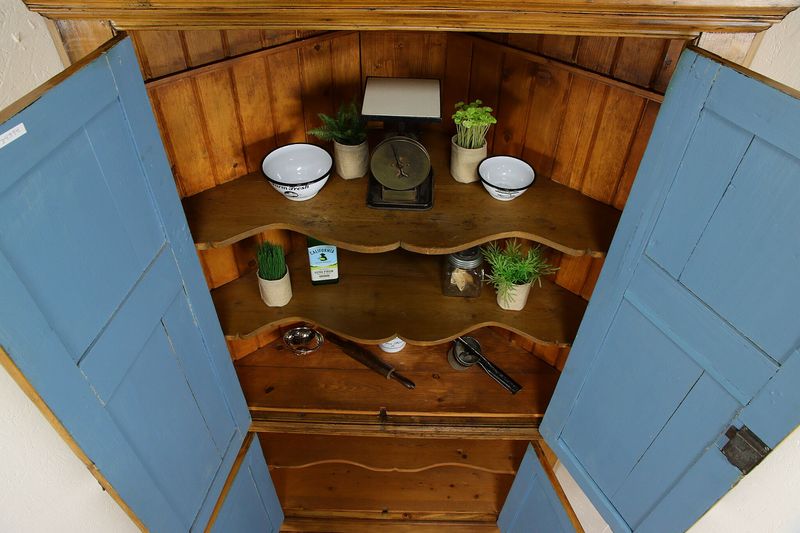
Splashes of vibrant color transform these practical storage pieces into folk art treasures. Blue, red, and yellow ochre paints created from natural pigments give these cupboards their distinctive character and regional identity.
Virginia’s Piedmont region became known for these colorful cupboards that brightened humble farmhouse kitchens. Unlike the fancy furniture of wealthy coastal homes, these pieces celebrate simple, functional design and rural craftsmanship.
Original paint increases value dramatically – resist the urge to strip or refinish these cultural artifacts! Authentic examples often show charming imperfections and hand-cut dovetail joints.
4. Federal Period Sideboards
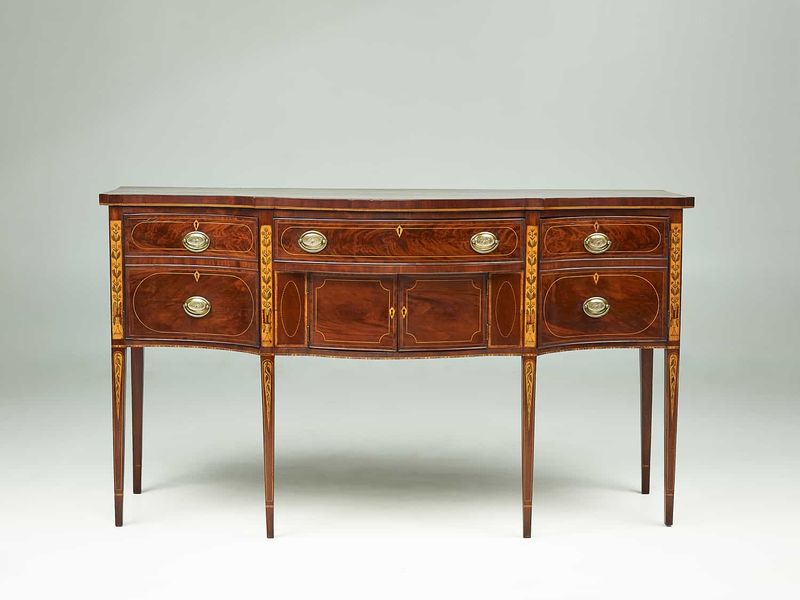
Graceful curves and delicate inlays characterize these dining room showpieces from Virginia’s Federal period (1780-1820). Wealthy families in Richmond and Alexandria commissioned local cabinetmakers to craft sideboards that displayed both their fine silver and their refined taste.
The signature bellflower inlays – delicate floral patterns created with precisely cut contrasting woods – required extraordinary skill. Many Virginia pieces feature distinctive regional motifs like tobacco leaves or wheat sheaves.
Look for original brass hardware and secondary woods like poplar or pine inside drawers as signs of authenticity.
5. Shenandoah Valley Pie Safes

Rural families treasured these practical cabinets for protecting freshly baked pies from insects and hungry children. Distinctive punched-tin panels featuring hearts, stars, or eagles make Valley pie safes instantly recognizable among collectors.
Craftsmen typically constructed these pieces from local woods like walnut or pine. The decorative tin patterns weren’t just pretty – they allowed air circulation while keeping flies away from cooling desserts.
Today, authentic Shenandoah Valley pie safes can fetch thousands at auction, especially those with original hardware and finish. Modern homeowners repurpose them as statement pieces for storing linens, dishes, or displaying collections.

